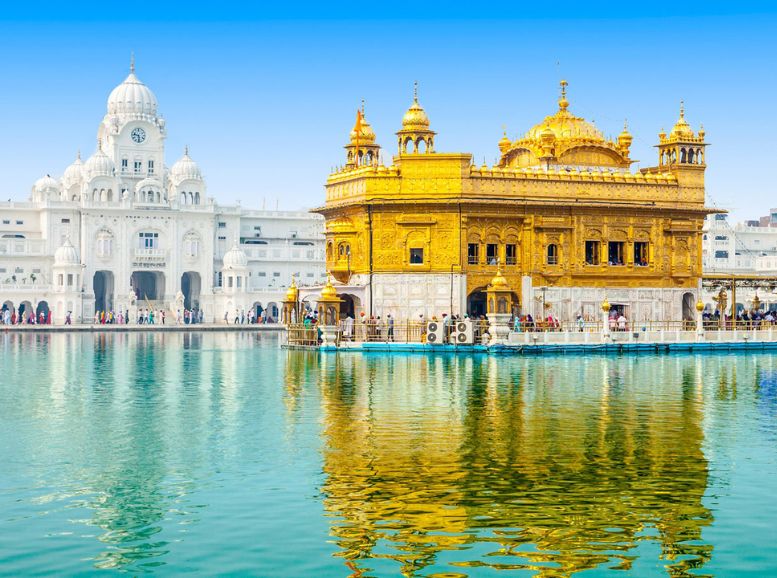The Golden Temple: Officially Sri Harmandir Sahib, this revered Sikh shrine transcends its breathtaking gold facade. It embodies a profound spiritual legacy, a beacon for millions for centuries.
Rich in history and captivating beauty, the Golden Temple holds a special place in the hearts of Sikhs and visitors alike. Beyond its shimmering surface lies a haven of peace and harmony, welcoming all faiths to share its divine energy and timeless wisdom.
Prepare to embark on a journey of exploration and discovery. We’ll delve into the sacred grounds of the Golden Temple, uncovering its illustrious past, its enduring significance in the present, and the mysteries, stories, and spiritual essence that solidify it as a symbol of faith and unity for all.
how to reach:
Touching Down: Sri Guru Ram Dass Jee International Airport, just 11 kilometers from central Amritsar, welcomes air travelers. Taxis and pre-paid services whisk you to the Golden Temple in 20-30 minutes, depending on traffic.
Taking the Train: Amritsar Junction Railway Station seamlessly connects you to major Indian cities. A short 10-15 minute ride by auto-rickshaw, cycle rickshaw, or taxi takes you from the station to the Golden Temple.
By Bus: Amritsar boasts a well-developed bus network for travel within Punjab and neighboring states. The Maharaja Ranjit Singh Interstate Bus Terminal (Amritsar Bus Stand), about 2.5 kilometers from the temple, offers easy connection. Hire a taxi, auto-rickshaw, or cycle rickshaw for the final leg of your journey.
Hitting the Road: Cruising in by car? Amritsar’s national highway connections make navigation a breeze. Utilize GPS or follow road signs to reach the heart of the city where the Golden Temple awaits. Parking is available near the temple complex, but be prepared for potential crowds during peak hours.
Best time to visit:
Seasonal Splendor: Amritsar’s weather swings between sizzling summers and chilly winters. For comfortable sightseeing, aim for the mild temperatures of autumn (October-November) or spring (February-March).
Festive Flair: Immerse yourself in vibrant culture by visiting during Vaisakhi (April) or Diwali (October-November). Witness special celebrations and ceremonies at the Golden Temple, but expect larger crowds.
Finding Peace: The Golden Temple is a popular pilgrimage site, so anticipate busier weekends, holidays, and religious festivals. Opt for weekdays and off-peak seasons for a quieter experience.
Tranquil Mornings or Evenings: Escape the crowds and savor a serene atmosphere by visiting early in the morning or during the evening. Witness the sunrise paint the temple gold, or be captivated by its nighttime illumination – both truly magical experiences.
Attractions:
Unveiling the Golden Splendor:
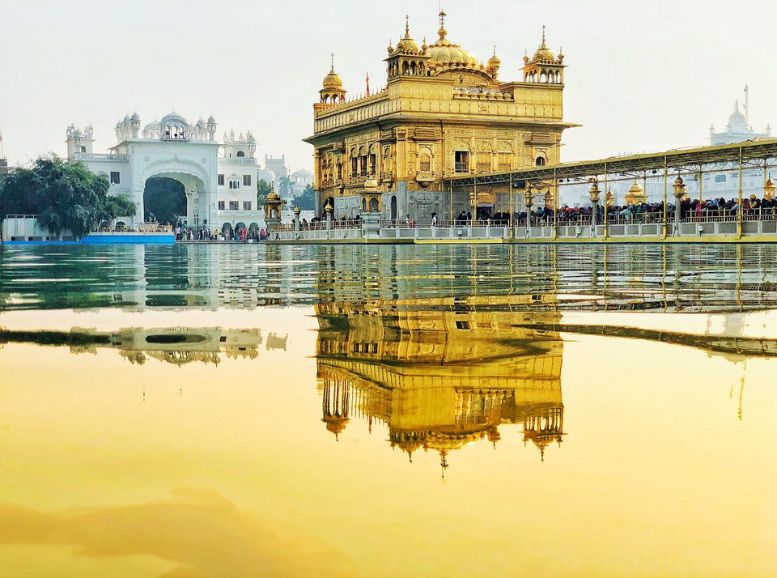
Cross the threshold of the Golden Temple, and prepare to be awestruck. A vision of radiant gold unfolds before you, an edifice shimmering in the sunlight. Every inch is adorned with intricate artwork, while the domes gleam with the brilliance of gold leaf. The temple radiates an aura of divine light, captivating the senses and stirring the soul.
A Symbol of Sikh Heritage:

Beyond its breathtaking beauty, the Golden Temple holds the heart of Sikhism. As the holiest gurdwara, it’s the spiritual center of the faith. This architectural marvel transcends a place of worship; it stands as a symbol of resilience, equality, and the harmonious community Sikhism fosters. The Golden Temple embodies the timeless teachings of the Sikh Gurus – love, compassion, and service to humanity.
Journey Through History:
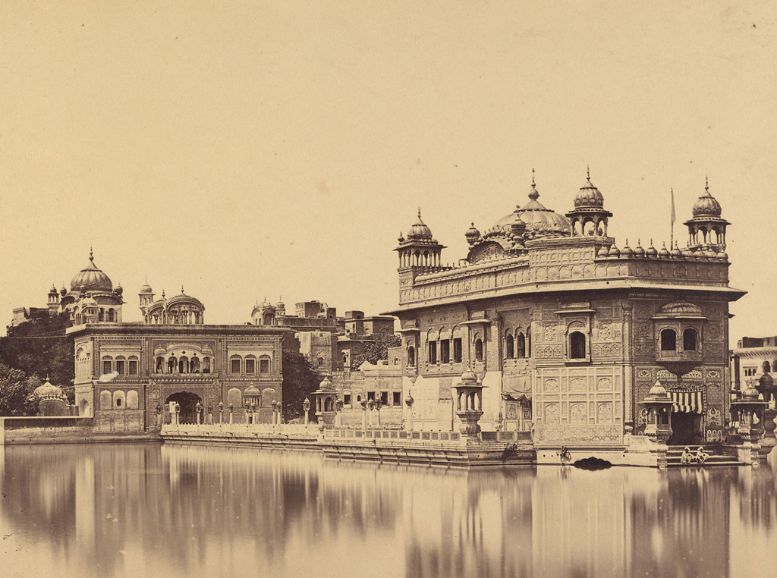
Unveil the Golden Temple’s rich tapestry. Travel back to the 16th century when Guru Nanak Dev Ji, the founder of Sikhism, laid the foundation stone. The temple’s story unfolds through centuries of triumphs and challenges, a testament to its enduring spirit. It has stood as a beacon of hope and resilience, a symbol that shines even brighter in the face of adversity.
Embracing the Divine Experience:
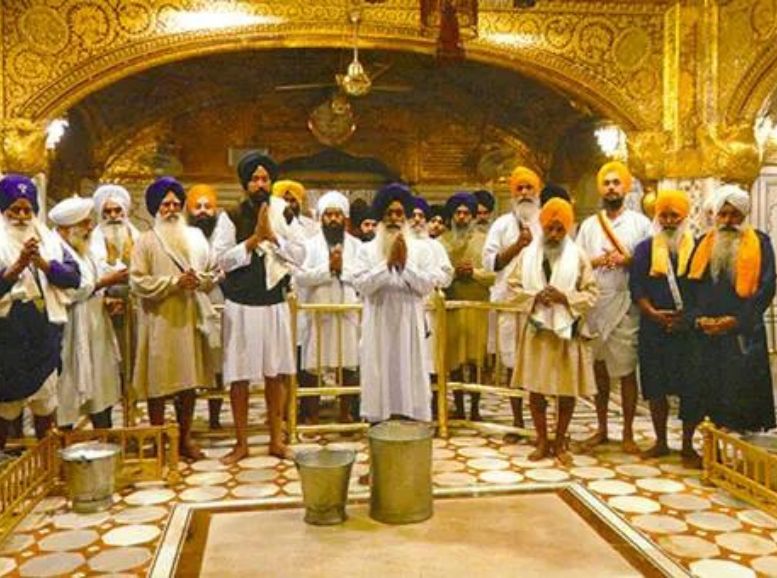
The Golden Temple beckons. For devout Sikhs, it’s a path to spiritual awakening. For curious travelers, it’s a dazzling wonder bathed in gold. But a visit here transcends just sightseeing. It’s a pilgrimage of the heart, a journey inwards, where compassion, self-discovery, and inner peace await. This is not merely a destination; it’s an experience that transcends time and space.
Cultural Melting Pot:
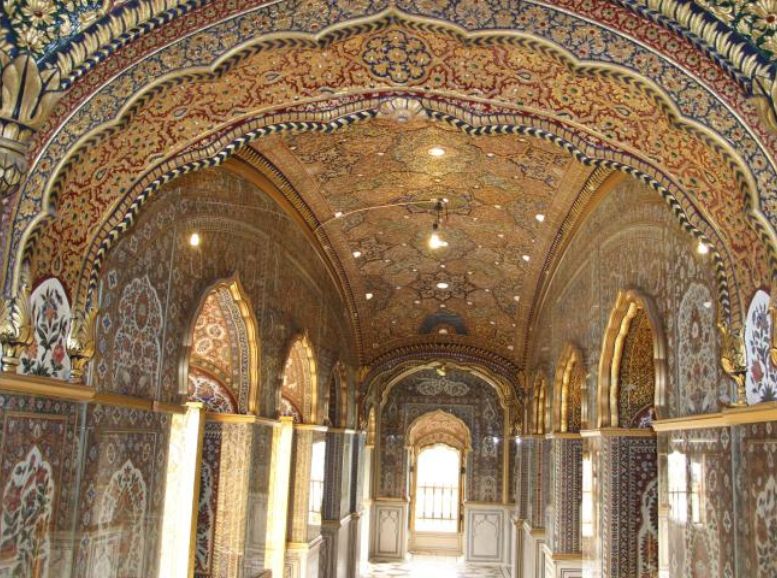
More than a Sikh sanctuary, the Golden Temple embraces all. This melting pot of cultures welcomes visitors of every faith and background with open arms. Experience langar, a community meal served free to everyone, regardless of social standing. It’s a living testament to Sikhism’s core principles of equality and hospitality.
Local experiences:
Attend a Prayer Service (Sarbat Khalsa):
Witness the heart of Sikh devotion. Shoulder-to-shoulder with pilgrims and visitors, experience the mesmerizing prayer ceremony. As the sun dips below the horizon, the evening service takes on a special enchantment. Hymns from the Sikh scripture fill the air, their rhythm weaving with the music, creating a profound serenity that washes over you.
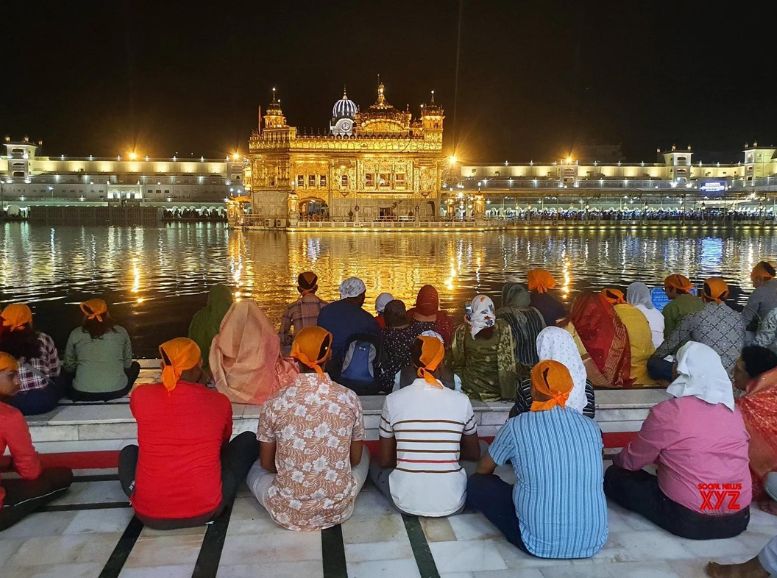
Partake in the Langar: Golden Temple
Unwind on the langar hall floor, sharing a simple yet nourishing meal with fellow pilgrims and travelers. This communal experience transcends social barriers, reflecting the Sikh spirit of equality and humility. Savor every bite, knowing it’s a testament to the Golden Temple’s welcoming embrace.
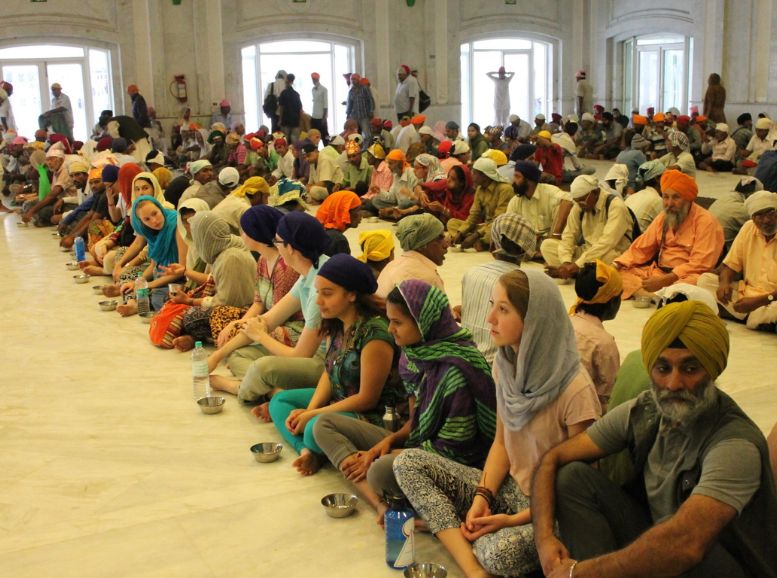
travel tips:
Respect the Culture: Amritsar’s rich tapestry thrives on respect. Dress modestly at religious sites like the Golden Temple, covering your head and removing shoes before entering.
Plan Your Visit Wisely: The Golden Temple’s popularity can lead to crowds, especially during peak seasons and festivals. Plan ahead to avoid long queues and congested areas.
Be Mindful of Belongings: As in any tourist destination, stay vigilant with your belongings, especially in crowded areas. Secure valuables and be aware of potential pickpockets.
Indulge in Local Delights: Amritsar’s culinary scene is a must-try! Savor delectable street food and Punjabi specialties like Amritsari kulcha, chole bhature, and lassi.
Stay Hydrated: Punjab’s heat, particularly in summer, can be intense. Drink plenty of water, especially during extended outdoor activities.
Reliable Rides: Explore Amritsar and beyond with reliable transportation options like taxis or auto-rickshaws. Ride-sharing apps offer added convenience.
Respect Photography Boundaries: While photography is generally allowed within the Golden Temple complex, some areas are restricted, like the Darbar Sahib (inner sanctum). Please be respectful and avoid taking photos in prohibited zones.
Wagah Border Spectacle: If time allows, witness the captivating Wagah Border Ceremony (around 30 km from Amritsar). This elaborate nightly event showcases the closing of the India-Pakistan border with impressive pomp and energy.
Currency Exchange: Exchange currency before arriving in Amritsar, especially if venturing into smaller towns where currency exchange services might be limited.
Security Checks: Anticipate security checks at the Golden Temple complex and other sensitive areas. Cooperate with security personnel and follow their guidelines for a smooth entry.
Conclusion
A visit to Amritsar’s Golden Temple promises a profound journey into the heart of Sikh culture and spirituality. To enrich your exploration, consider exploring curated itineraries offered by local tour companies. Experienced guides can unlock hidden gems, share captivating insights, and craft a personalized experience that aligns with your interests. By partnering with a reputable guide, you can transform your Amritsar visit into an unforgettable exploration, brimming with cultural discoveries and a deeper understanding of the city’s spiritual core. For a seamless experience and access to a network of trusted guides, explore the curated tours available on Xplro.com.
FAQ
- What is the Golden Temple?
- The Golden Temple, also known as Sri Harmandir Sahib, is the most sacred shrine in Sikhism, representing spiritual and cultural significance.
- Where is the Golden Temple located?
- Situated in Amritsar, Punjab, India, the Golden Temple is a revered pilgrimage destination.
- Is the Golden Temple open to visitors of all religions?
- Absolutely, the Golden Temple warmly welcomes individuals of all faiths and backgrounds.
- Do I need to cover my head to enter the Golden Temple?
- Yes, out of respect, covering one’s head with a scarf or head covering is customary when entering Sikh temples.
- Are there any entry fees to visit the Golden Temple?
- No, entry to the Golden Temple is entirely free for all visitors.
- What are the visiting hours of the Golden Temple?
- The Golden Temple is accessible 24/7, throughout the year, allowing visitors to experience its beauty and serenity at any time.
- Can I take photographs inside the Golden Temple complex?
- Generally, photography is permitted in most areas of the complex, except for the Darbar Sahib (sanctum sanctorum).
- Is there a dress code for visiting the Golden Temple?
- Yes, visitors are required to dress modestly, covering their heads and removing shoes before entering the main temple area.
- Are there any food facilities available at the Golden Temple?
- Certainly, the Golden Temple operates a langar (community kitchen) offering free meals to all visitors.
- How do I volunteer at the langar?
- Visitors can volunteer at the langar by assisting in various tasks such as serving food, washing dishes, or preparing ingredients.
- Can I take a dip in the Amrit Sarovar (sacred pool)?
- Yes, many visitors participate in this sacred ritual for spiritual cleansing and rejuvenation.
- What other attractions are near the Golden Temple?
- Nearby attractions include the Jalliawala Bagh Memorial and the Akal Takht, each holding historical and cultural significance.




